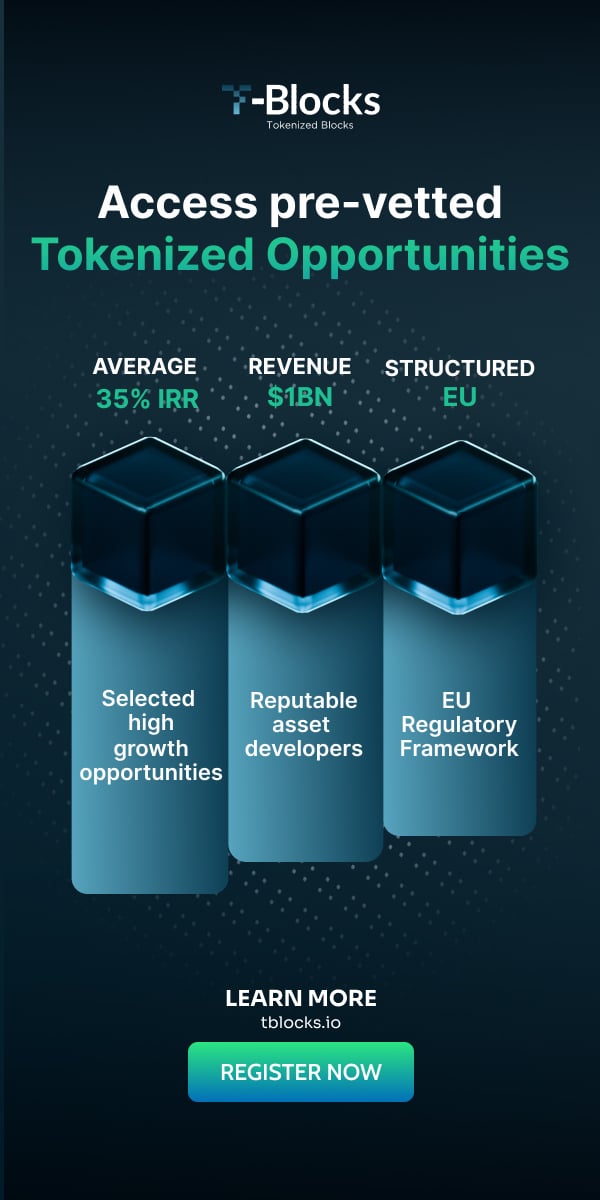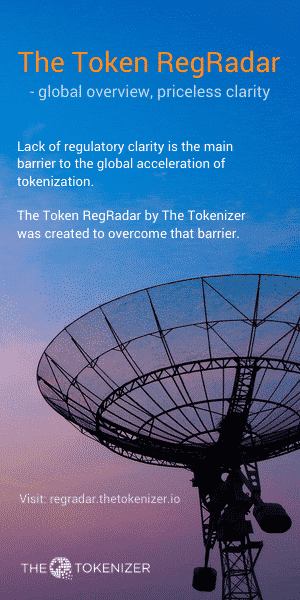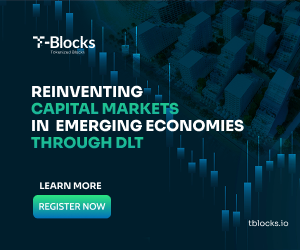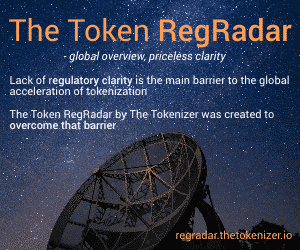A conversation with the artists Robness Cyberpop and OficinasTK in Cryptovoxels
The following conversation took place in Cryptovoxels, a virtual world where you can own virtual land in the shape of Non-Fungible Tokens and where many artists from the community around Non-Fungible tokens show their tokenized artworks. In the conversation, the artists Robness Cyberpop, OficinasTK and Jonas Kasper Jensen talk about how they got involved in the crypto art scene. They also explain their take on what crypto art is and give examples of other artists involved in the space.
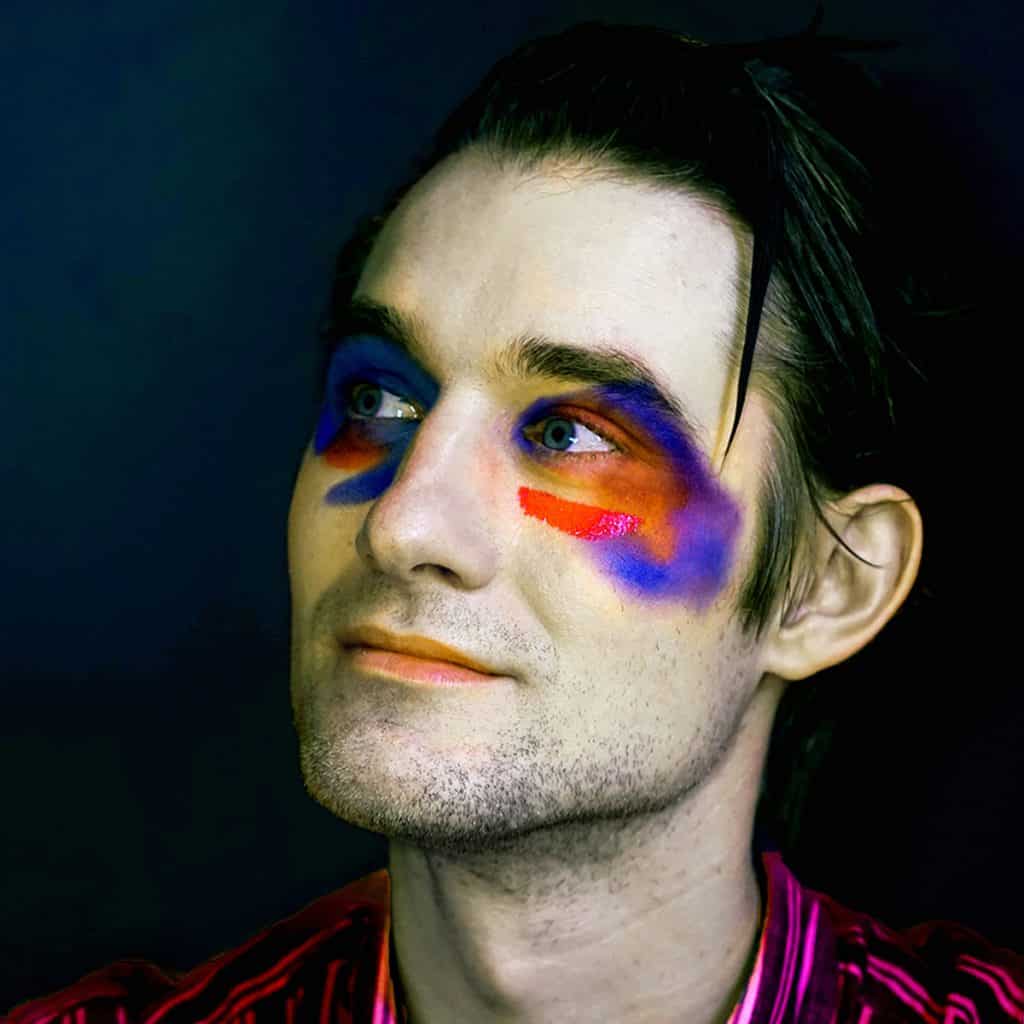
Jonas Kasper Jensen: Hi Robness and OficinasTK – thanks for joining this conversation.
Robness Cyberpop: Very cool – what’s up, Oficinas?
OficinasTK: 😉
Jonas Kasper Jensen: What is your background, and how did you get involved in the crypto art scene?
OficinasTK: I studied some painting some years ago, but never finished it. I’ve done quite a lot of different things, and for the past five years, I’ve committed to full-time OficinaTK. I do self-published translations, wood engraving, linocut, alternative photography. About three years ago, I was researching the Golem project (Golem project is a decentral network of computers that allows its users to share computer power). I like to blend analogue stuff with digital ones and vice versa. The way art is distributed and consumed interests me and the blockchain presented itself as an interesting new way of doing things.
Robness Cyberpop: Been a musician for years. Bands, DJing and audio engineering background. Always have done physical canvas art parallel to this, and through crypto, I found an outlet to merge my futurist tendencies and create cutting edge art at the same time. I got involved in the crypto scene in 2014. I saw a friend use Silkroad IRL at a coffee shop and actually witnessed how bitcoin worked to that effect. After seeing that I started researching bitcoin head first. Of course, I took no part in the Silkroad stuff, but I did see it form. I have always used Photoshop since the days of the early scanner. But my participation in the Pepecash Saga [Pepecash Saga is a tokenized version of Rare Pepe a meme phenomenon depicting the frog Pepe] is where my crypto art training began. So, most of us just made tokens with funny names…
Jonas Kasper Jensen: What is a token and what is a Non-Fungible Token in particular?
OficinasTK: well, a token is like a coin: it has a value and is identical to all other coins, except that it might be limited in supply. A non-fungible one (NFT) is unique and not identical to any other. It can also keep some info (metadata) like who issued it, a link to an image or its description and value.
Jonas Kasper Jensen: Can you give more examples of what NFTs can be used for?
OficinasTK: We’re sitting on one right now: land ownership certificate [this conversation was held as avatars in Cryptovoxels].
Robness Cyberpop: Well, jokingly in the future I want my artwork to, for instance, be able to open up vehicles as a key. Or possibly use them for secret access purposes. Also, anything that a Bitcoin/ETH token can do trait-wise your art piece can do too.
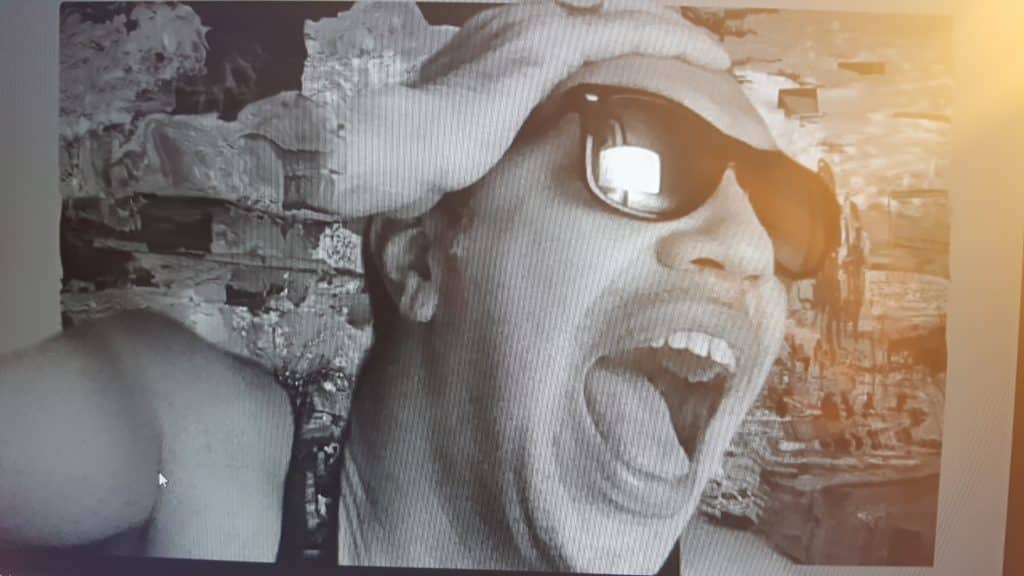
OficinasTK: You can also use them as other types of certificates (ID for example), or as tickets to events. Or you can attach objects, like extras in games to an NFT so that you can use them in games.
Jonas Kasper Jensen: How does the opportunity to create unique digital art change the traditional art scene – if it does?
OficinasTK: I’m pretty positive that it will have some impact on the traditional art scene, even if it takes a while. It’s not so much the possibility of unique digital art, which exists in other forms too, it’s more the way you can sell it or buy it. Certification and provenance are a big deal in the traditional art world. Blockchain tech can help mitigate some of those issues. But for me, what really matters is that this technology allowed some leverage. Unknown artists, outsider artists and many other non-artists can now display and sell alongside bigger guns.
Robness Cyberpop: Well, I just saw Josie appear [in Cryptovowels] which reminded me of her piece where she upgraded her art through augmented reality. That’s a great idea, A LOTTA MONEY’S usage of the dollar and I think Trevor Jones does some stuff with his paintings as well. I still believe a part of the community – and no insults! – is stuck in the old art world mentality. The dissemination of art has changed in this digital age. My experience has shown me that art recognition will change in flavour and that the digital medium has certain aesthetic characteristics. That is just a strong opinion that I have and observing certain styles makes me feel this way.
Jonas Kasper Jensen: Will you both elaborate on what you just said, I think you are into something very interesting and important?
OficinasTK: We now have people like Mr Yuk and Prince Jacon selling their digital creations; it would be virtually impossible for them to get the exposure they got without this tech.
Jonas Kasper Jensen: So, it allows for a whole new generation of artists and visual expression?
OficinasTK: I wouldn’t say new, rather a previously unknown one.
Robness Cyberpop: Sasha Bailey for example [founder of Blockchain Art Exchange a Non-Fungible token art marketplace built on the Ethereum blockchain] did a talk where he mentioned that memes would be a very culturally relevant segment in the art world. For the most part, memes are considered a joke. However, what happens when you sell a meme in a fine art market context? What does that do to the prestige of it?
OficinasTK: Yeah, meme-making is a relevant manifestation. Also, this is a perfect medium for post-internet art 🙂
Robness Cyberpop: It is but one avenue that I see totally changing the art market’s perception of what is and isn’t art. Same goes for a lot of the rigmarole with certain artists bashing app-artists, I feel it sounds super old and antiquated – usually, from those who spent too much time in the other world.
OficinasTK: Personally, I see the beauty of creating pieces out of bytes and let them live in the Ethereum blockchain.
Jonas Kasper Jensen: What is your motivation for turning your art into NFTs?
OficinasTK: More people can see my work now, and I can monetize it. This is something because I can make them into an NFT that allows me to sell it. It also gives the buyer some confidence that the piece is mine. Then, with NFT’s, you can decide if you want to do a single piece or a fractional one – a limited edition. I could share the image on Instagram and get some appreciation, but not real money. And that matters a lot for those trying to make a living on art, so we can say that blockchain provides a way to monetize digital content.
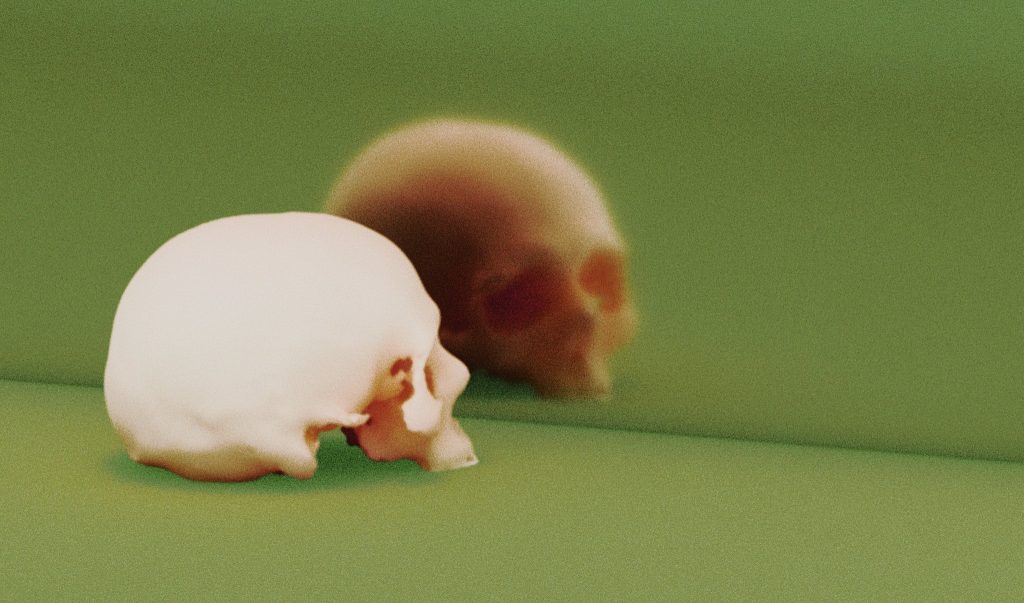
Robness Cyberpop: My motivation for NTF’s or just tokens, in general, is to provide an augmented experience for art itself. It’s another avenue actually to experience art in a way not thought possible. Same as the invention of the gramophone. Music until the 19th century had to be heard live. The new experience was being able to play it back. Very new concept and experience, yet the same experience of music. So, I see tokenization as a new experience with art. The art is the same to me expression wise, just a new lens to enjoy it.
Jonas Kasper Jensen: Is this then the beginning of something new?
Robness Cyberpop: Better f…n believe it, yes. LOL.
OficinasTK: I hope so… not only for artists but for collectors and art lovers in general.
Robness Cyberpop: Put it this way, Jonas. I had three pieces of art in three countries at three different shows…and I could have made instant transactions to all of them if buyers bought them. Without a middleman – cue Bitcoin speaker priest. LOL.
OficinasTK: it’s really nice to be able to pull up my phone and share a collection with a friend. This was never so easy; I agree that is important too…less middleman effect.
Jonas Kasper Jensen: What would you tell an artist who does not know about this space if you were to onboard them?
OficinasTK: I would tell him/her that this is an innovative space where many forms of expression are accepted – at least, most of them. And it’s a great playground to experiment on because most collectors are not biased with preconceptions about art.
Robness Cyberpop: I also would like just to acknowledge the place we’re standing in. A token backed virtual plot of land, where we are having a conversation about the future of art and where it might go. Round of applause!
OficinasTK: Totally, the future came some years ago!
Jonas Kasper Jensen: Yes, I wanted to ask about that too, where are we right now?
OficinasTK: Nowhere, but also in Portugal, the US, and wherever you are! It’s magic.
Robness Cyberpop: We are standing in the very first vaporwave plaza in the entire world.
Jonas Kasper Jensen: Thanks both of you, we should round off now.
OficinasTK: My pleasure, Jonas.
Robness Cyberpop: No problem, awesome and thanks for chillin!
More Articles:
Anyon STO Launched To Empower The World’s First 100% Tokenized Bank
Visa Expands Digital Currency Roadmap. Enables Trading of Digital Assets for First Boulevard
You Might also Like










